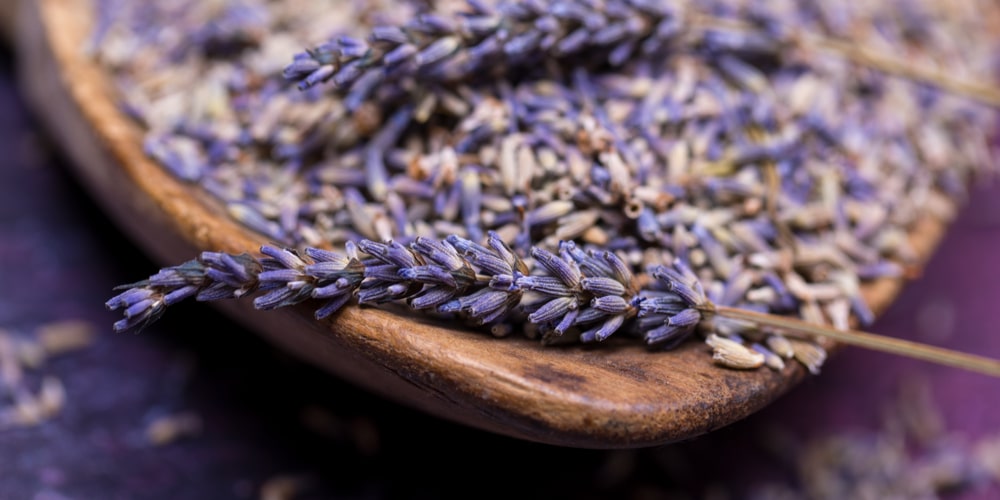Lavender is a plant we associate with sunny climates and warm summers. Many people love its attractive foliage and distinctive fragrance. Plus, it is relatively easy to grow, provided that you give it what it needs to thrive. However, it might be challenging to have this attractive herb in colder climates’ gardens. Mind you: challenging doesn’t mean “impossible.” Indeed, while it might be hard to grow lavender in USDA hardiness zones below 7, you can still try to do so.
Read our “Lavander Zone 4” essential guide we put together to explore your options. Here, we included our tips and recommendations for successfully growing this attractive herb in your yard.
Lavender Zone 4

Most types of lavender will grow as annuals in cold areas. Plus, you might have to protect your plants from frost and extreme temperatures. But if you find suitable varieties for your climate, you might have a fun time growing lavender in your garden.
Besides smelling nice, this plant will also make your garden healthier and lively: it attracts plenty of pollinators during the spring and summer for the joy of other plants that need to reproduce.
Lavender Care Tips
Lavender needs full sun to thrive: you must place it in a location that receives at least six hours of direct sun per day for best results. Also, it requires well-draining soil and adequate air circulation to prevent the spread of diseases and avoid root rotting. Don’t forget to add mulch around your plant to regulate ground temperatures and protect your herb from frosts and extreme cold.
If you tend to forget to take care of your plants, don’t worry: lavender doesn’t need much from your side. It will thrive even with minimal water once established. As long as you ensure the soil is well-draining, you can expect to water your plant only once a week or every two weeks. Feel the ground with your fingers to be sure. If it’s dry, it is time to water your plant. Otherwise, wait a few more days.
To enhance growth and ensure your plant stays healthy, you will have to prune your lavender at least once per year in the winter. Remove old branches and unhealthy-looking stems to support new growth. If you are expecting snow, cover your herb with reliable protection.
You must avoid leaving your lavender wet for long as that will rot your plant. If the winters get extremely cold, consider leaving the cover until temperatures are warm in the winter. Don’t forget to add mulch to the soil!
Plant your lavender after the last spring frost, which often falls between May and April in zone 4.
Lavender Types for Zone 4: Our Recommendations
Apart from meeting your plant’s basic requirements, you must ensure you choose the variety that works best for your soil and weather conditions. To help you choose, here we included those we recommend if you live in zone 4.
Munstead
Munstead lavender thrives in hardiness zones between 4 and 9 and produces blue flowers with green foliage. The plants withstand low temperatures but need winter protection when temperatures fall below 25F. Under ideal conditions, this variety grows about 12 to 18 inches in height and requires little to no care.
Hidicote
Hidicote is another type of lavender that performs well in zone 4. You can even grow this one in colder areas, so you don’t have to worry too much about winter protection. Of course, youèll need to add a snow cover to protect your plants from getting wet. This plant’s foliage is grey, and its flowers are deep purple. If you don’t have much space in your garden, consider getting this variety: it won’t grow more than one foot high!
Phenomenal
If you are looking for an exceptionally cold-hardy variety, consider phenomenal lavender. This new hybrid is well-suited to zone 4 and grows taller than Munstead.
If you like lavender’s scent, you will love this species. Phenomenal lavender produces a higher amount of essential oil of all lavender types. With a reliable snow cover, you can expect this plant to survive even through winters. However, plant it under full sun to ensure it will establish in your garden.
You can even consider planting all of these three varieties in your yard to enhance the aesthetics of your property and boost flower production. Only ensure you protect them from the harsh winters and meet their basic requirements!
